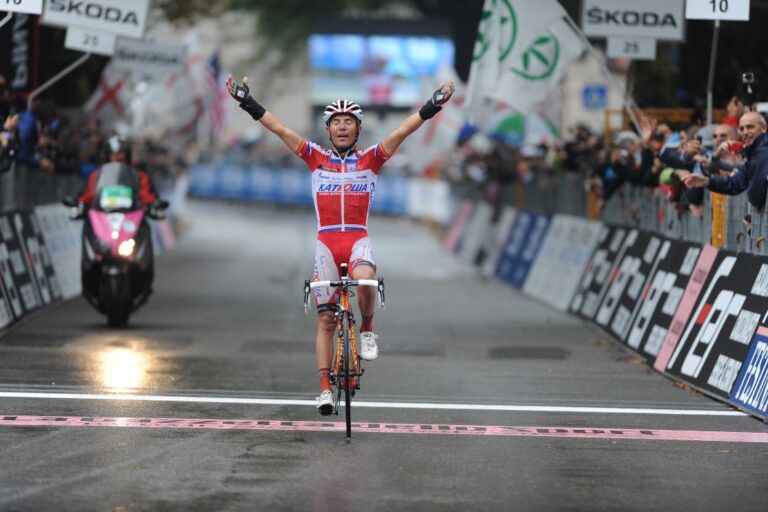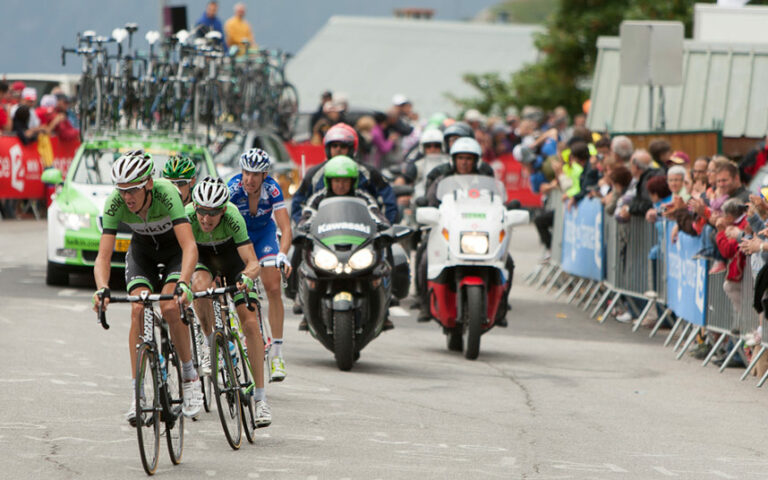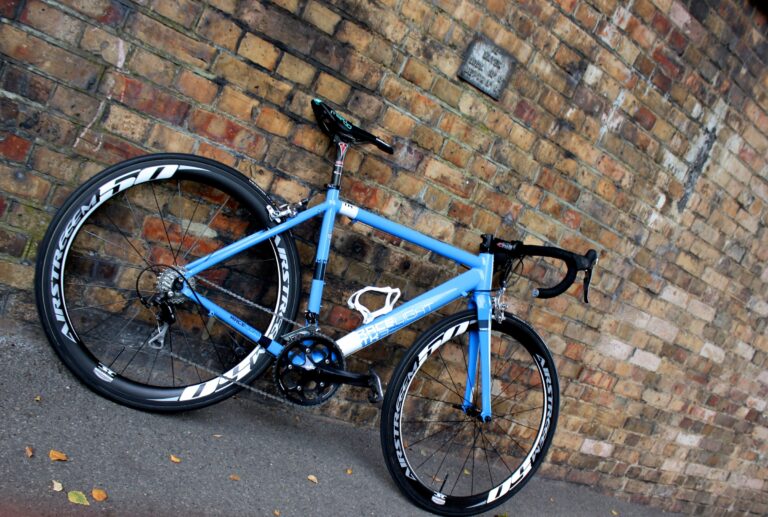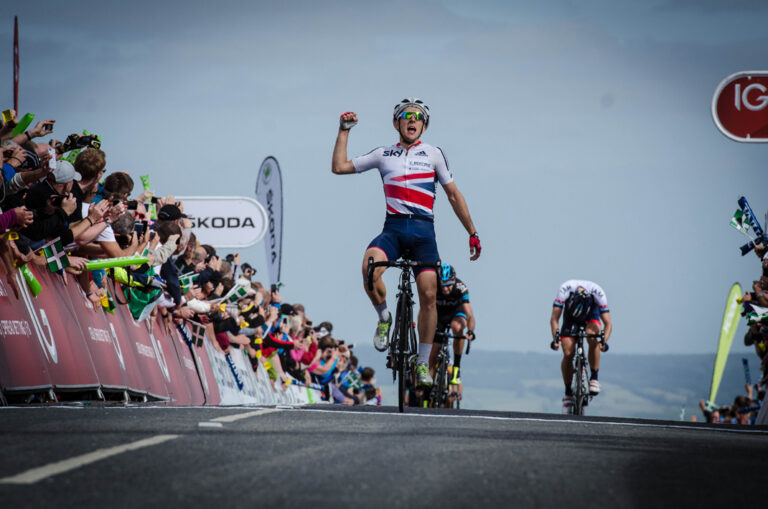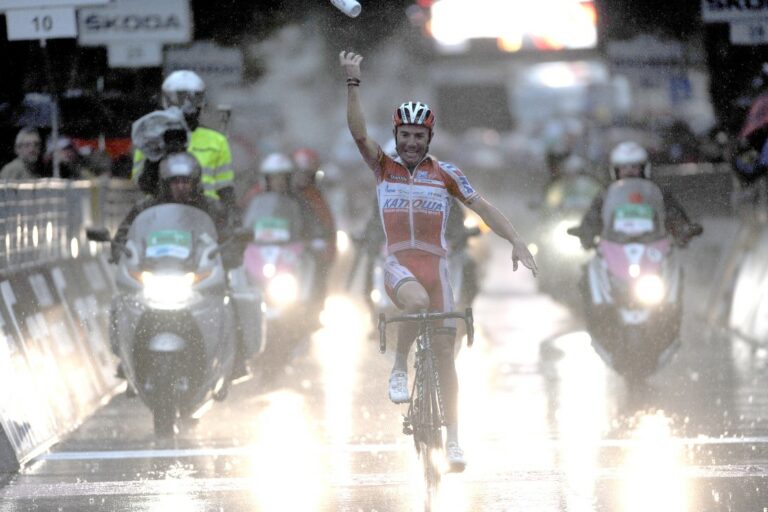A large part of the excitement and appeal of racing comes from the fact that the underdog can win, and a smart rider can outwit a stronger rider by engaging their brain as well as their muscles.
Even when all the necessary fitness and skill elements are in place, there is no guarantee that you will be able to make an impact in a race.
The final piece in the racing puzzle is a keen tactical awareness. Here we look at what you should be thinking about before, during and after a race to become an effective tactician, and what it means to develop that often elusive ‘racing brain’.
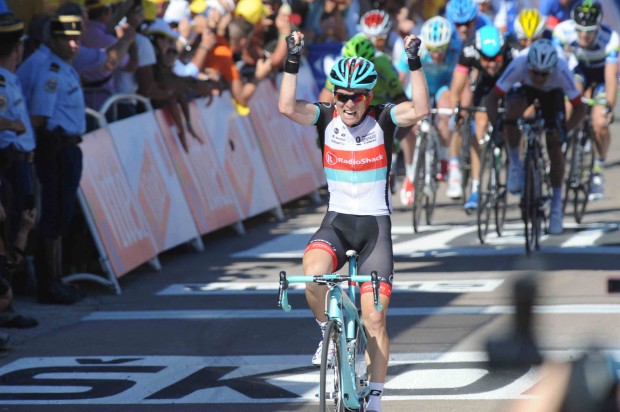
Have a plan
The first and most important tactical decision you can make happens before the race has even started. Once you have mastered the basic skills your attention will naturally turn to getting better results. Without any idea how you hope to get the result you are looking for, you frankly don’t deserve it. Your plan may need to change but you will be better able to evaluate your progress against a measurable stake in the ground rather than just bumbling around in a bunch for an hour or two. Recognizing your strengths, weaknesses and overall ability will help direct your decisions. If you corner well, how can you capitalise on that? If you have a great finishing sprint, how do you make sure you can use it? If you are fitter than your opponents, how can you make them suffer so that your fitness shows through in the end? Everyone will have a weapon, and you need to decide how you can best use yours.
Stay awake
Once your race is underway it’s important to keep your plan in mind. There are so many potential distractions in a racing bunch that it can be easy to get diverted and for conscious tactical decisions to go out the window. A moments’ lapse in concentration will be punished and your race may be over. You don’t want to be over-reactive or apathetic but need to evaluate what is happening fast and have your ‘plan’ running in the background in order to respond where necessary. Try to be aware of your thought processes and your attention as well as your actions, so that you can evaluate how you have done when the race is over.
Staying in the moment
Maintaining a consciousness of your thoughts enables you to focus on the tactical processes that you need to maintain in order to keep on track.
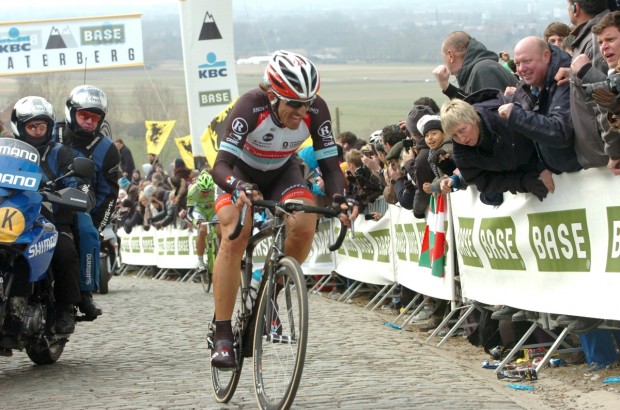
For example, if your goal is to move with a break, you need to be in a position to respond when something goes, and be alert to any movement in the bunch that indicates something is about to happen. If you are looking to position for a bunch sprint your response to such movement will be very different, and you can watch moves go away with a more detached awareness in the knowledge that this is not part of your plan.
Be flexible
Having said all that there must always be room to change your tactics during the race, though this should be a conscious and considered decision rather than a flippant one. This may come about because you decide that your original plan is not going to work, or because the race is moving and changing in a way you did not expect. For example, if you didn’t plan to get in a break but find yourself in a position that is too good to ignore, you may decide in that instant that you are going to take your chance. If you were intending to position for a bunch finish but there are so many riders up the road that you would only be sprinting for a minor placing, you might have to evaluate whether it’s worth waiting. All of these decisions can be made in the moment, but within a framework of your overall tactical plan.
Evaluate
Finally when the results are in, evaluate how you did in relation to what you planned to do. Did your tactic ‘work’? Did the race go the way you had expected? Were there any of those moments where you made the wrong decision, and making a different one could have crucially changed the outcome?
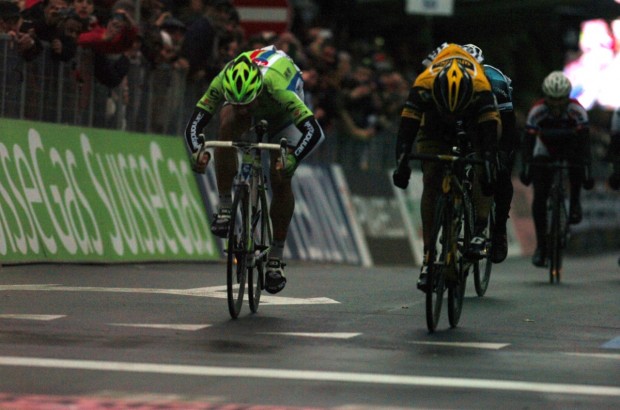
All tactical decisions are fundamentally about where and when you want to spend your effort to receive the biggest reward. If you ‘overspend’ or ‘underspend’, you can be left with a disappointing result.
Inevitably it can be easier to employ the same tactics every race and return to your default position but in order to become a better racer you really need to have the courage to try different approaches and see what happens. Ultimately these experiences are what will give you the instinctive ‘feel’ that will finally shape you from rider to racer.

